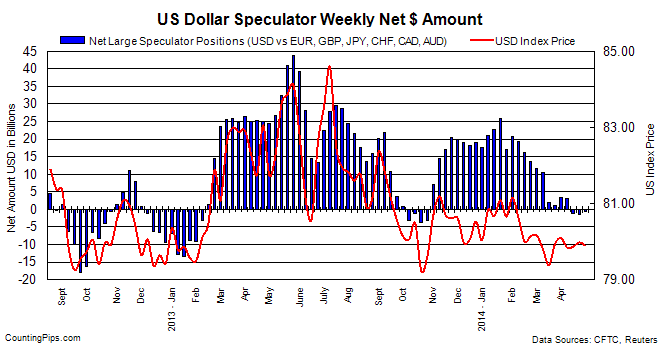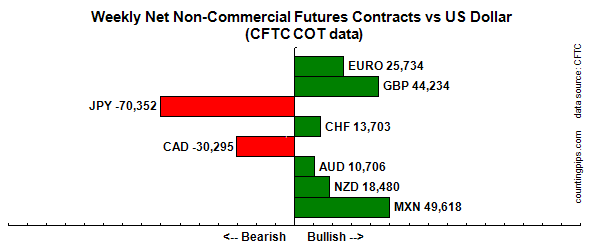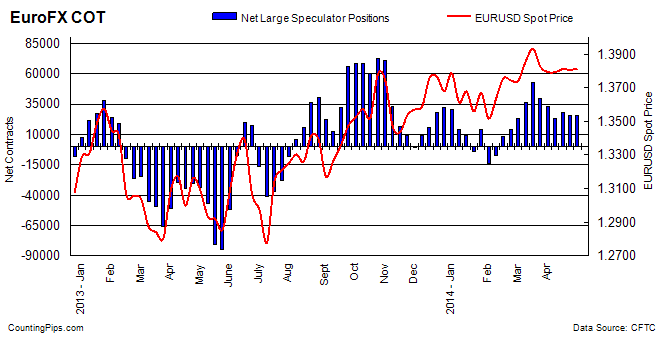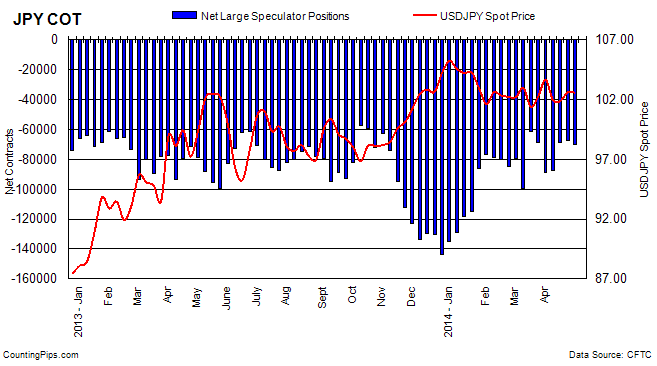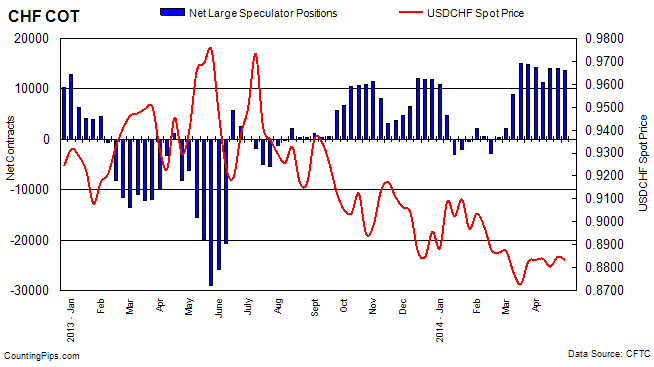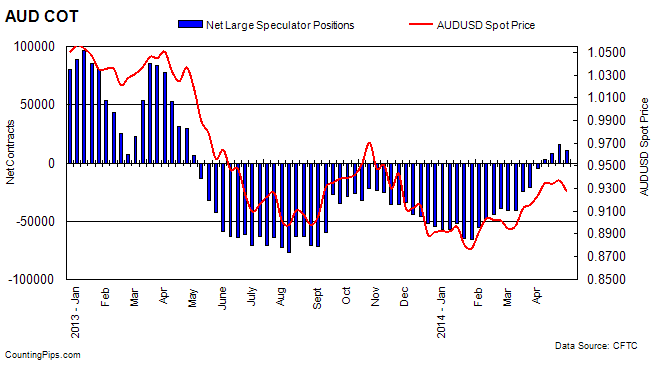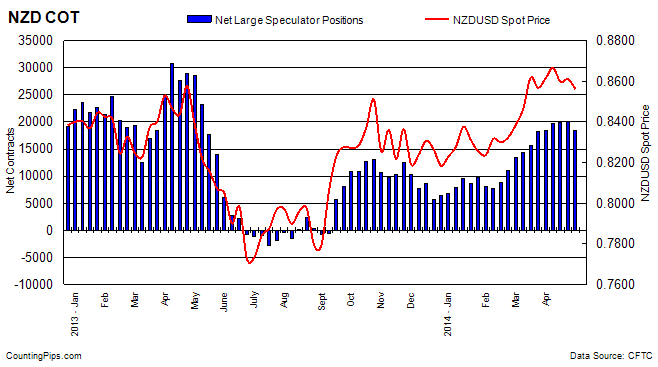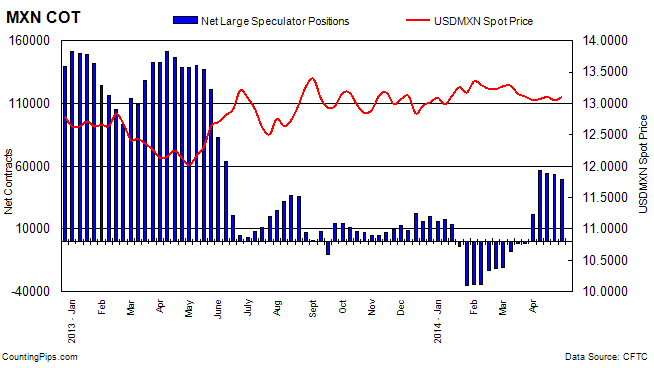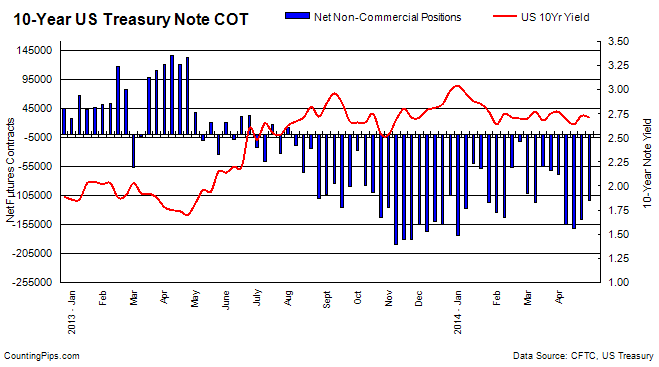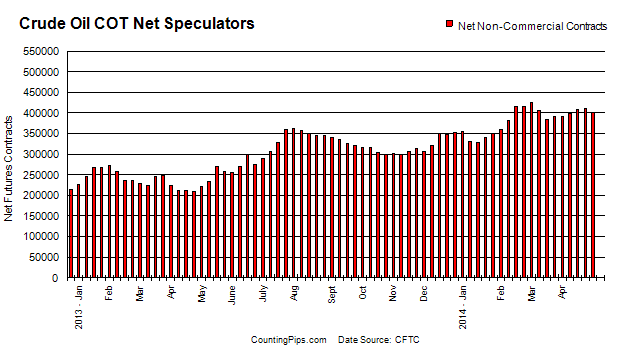By MoneyMorning.com.au
Widely reported this week is news the Chinese economy will outpace the American economy in less than a decade.
China’s year-on-year average growth of 7% for the past decade has been nothing short of remarkable. Each year, market analysts globally have questioned if China can continue this historic economic expansion.
Kris Sayce, reasoned it was like America taking over from the United Kingdom in the late 19th century:
‘…there’s no denying that China’s growth story over the past 10 years has been nothing short of astounding. But can the growth continue?
‘Well, we’re sure there were plenty of folks who doubted the sustainability of American growth in the 1870s. And yet that proved to be the beginning of 142 years of dominance.’
However, China’s economic growth has long been because of central planning.
And in the long term, the central planners want their citizens to take their recent urbanisation, and apply some Western style principals of consumption-at-all-costs.
In other words, get the Chinese people to create a consumption driven economy with the Middle Kingdom’s government still in control.
However, that may not be feasible. The problem is the dynamics of China’s middle class is changing…
China’s middle class doesn’t look like it used to.
The demographics in China are changing.
For a long time, the middle class in China were a happy lot. And the upper middle class in China were the happiest.
This is because the upper middle class of China was mostly filled with officials, former officials, or those with links to government officials that benefited them.
However, thanks to China’s urbanisation, the composition of the middle class is changing.
Right now, the upper middle class (those with an annual income of 106,000–229,000 yuan) account for about 14% of the urban population. In contrast, 54% make up the mass middle class.
Like I said before, for a long time this part of the population had links to the government that benefited their lives. So up until now, there’s been no real demand for change.
However, by 2022, the mass middle class will account for 22% of the urban population. This will result in more than 50% of the urban population being in the upper middle class bracket.
And this is going to create problems for the government.
To begin with, few of these new found upper middle class folk will have links or access to government officials.
And secondly, this growing segment of the population will want more control over their lives than the Chinese government currently gives them.
Take this for example.
Paraxylene, a chemical used in the manufacture of polyester is causing citizens to protest. They worry that the fumes are a hazard to their health.
Since 2007 there have been protests in five different cities that have proposed to build factories that use Paraxylene.
In spite of the Great Fire Wall of China — the nickname for the government’s internet censorship filter for the Golden Shield Project — people used social media to organise these protests.
Now, the comparable health risk of Paraxylene and the pollution levels in major cities is debatable.
But don’t ignore these protests. Because it demonstrates a growing distrust of the government.
Simply put, the growing middle class now have access to more information than at any other time in history.
Urbanisation, education and increasing wealth have led residents to fight for a standard of living that they want.
On the surface the protests appear to be a demonstration against developers directing their communities. But it’s not. Because many commercial developers are under official control, each rally is a stand against the government.
Furthermore, many in this growing middle class want to leave the country.
Over two years, Shanghai University undertook a survey of the middle class and their views on living in China.
It found that of the middle class in Shanghai, one third would leave the country immediately if they could. Over in Guangzhou, another major city, 40% of the middle income group would do so too.
Even those considered rich were actually keen to leave. 64% of the population with wealth worth more than 10 million yuan (AU$1.6 million) were emigrating or planning to do so.
Why am I telling you this? Because this is another variable that challenges the Chinese growth story.
All of Chinese growth comes from central planners. However central planners are relying on the people it moved into the middle class to remain there.
And in order for the central planning to be successful, the middle class need to remain satisfied.
Now like Kris, I have no doubt in the long term growth from China. It’s going to be big — an investing opportunity not to be lost.
But if the Chinese government wants a Western style economy, it will have to let go of the political repression it has over its people. If not then the very demographic the regimes is relying on to shift into a consumption economy could very well interfere with their plans.
Shae Smith+
Editor, Money Weekend
Join Money Morning on Google+

By MoneyMorning.com.au
